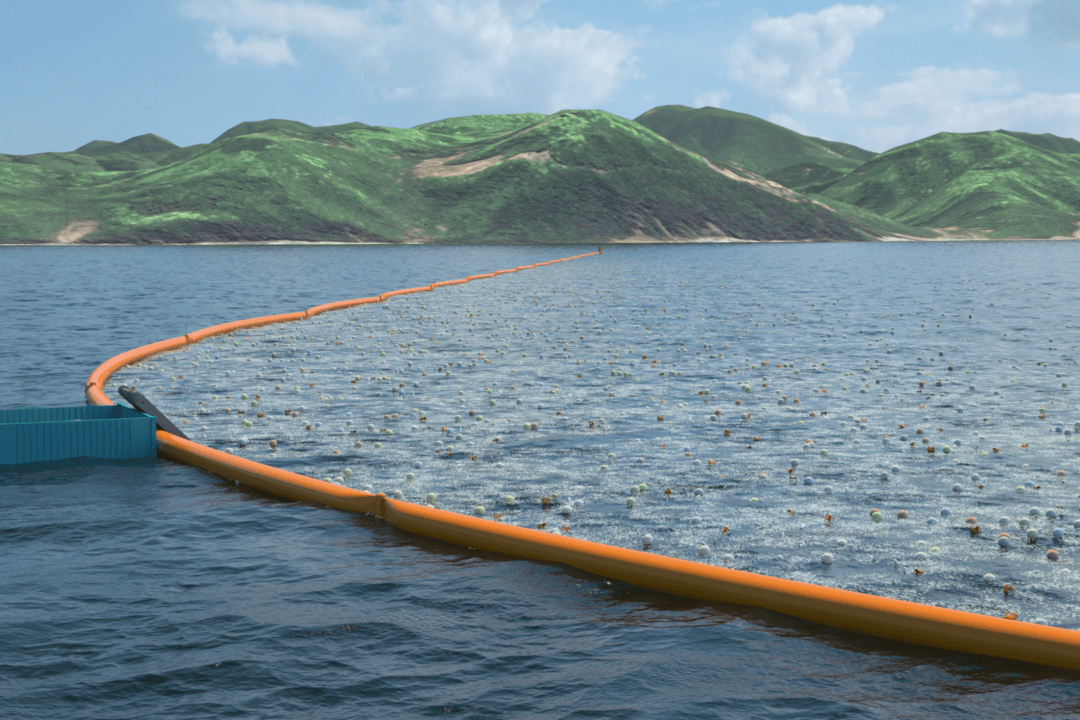The Dutch have been on a roll lately.
First, they built bike lanes that doubled as solar panels; then, they invented a type of concrete that can repair itself; now, a 20-year-old from the Netherlands has come up with an ingenious idea to have the ocean cleanse itself of man-made debris.
Boyan Slat started thinking about the physical pollutants that fill the sea when he was 16, when during a scuba-diving trip to Greece, he turned up more pieces of garbage than fish. He began working on an idea of a “passive cleanup” of the ocean’s debris, and worked with more than 100 scientists to perfect the idea until it became technically and financially feasible.
“Passive cleanup” involves placing large floating barriers at the edge of circular ocean currents—called gyres—to capture debris and pollutants. The barriers aren’t nets, which can entangle and kill marine life, but giant V-shaped tubes, which are attached to the seabed.
A recent estimate put the amount of garbage dumped into the oceans at 8 million pounds per year. The Ocean Cleanup claims a single 62-mile cleaning mechanism can sweep up 150 million pounds of garbage in 10 years, reducing the size of the Great Pacific garbage patch by 42 percent.
Slat has already received millions in crowdfunding for his project, and announced last month that in 2016 a commercial device will be deployed for the first time. The 6,500-foot structure, considered to be the largest ever placed in the ocean, will be placed near Tsushima, a Japanese island off the coast of South Korea.
If all goes well, The Ocean Cleanup hopes to expand to complete its vision of constructing a 62-mile apparatus in the Pacific Ocean within five years. In August, Slat will lead a an enormous expedition of more than 50 vessels to map the 1.3 million square miles of water between Hawaii and California.





